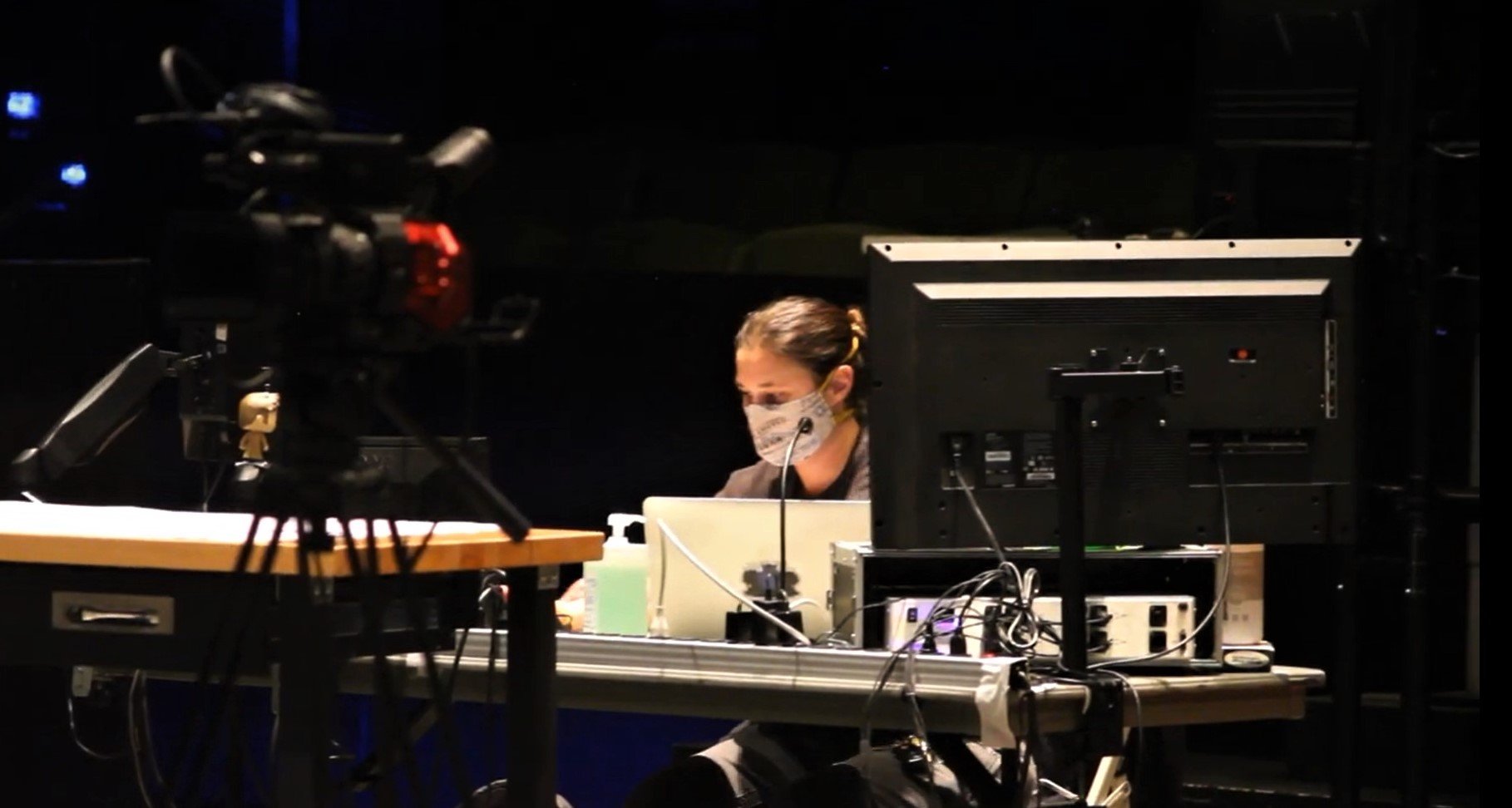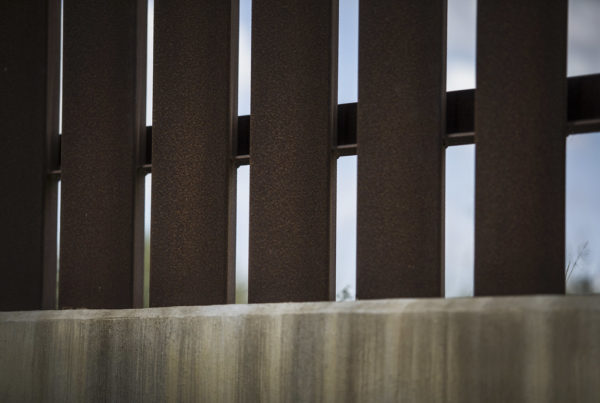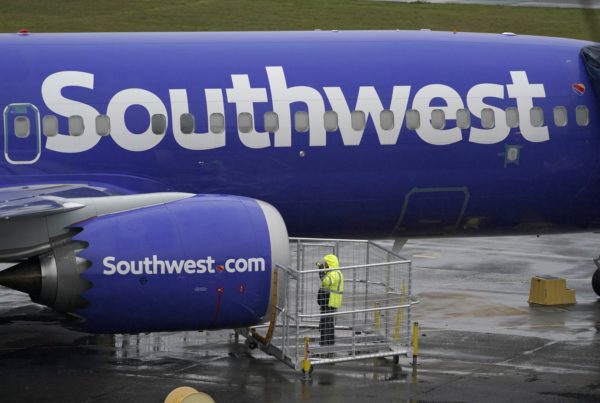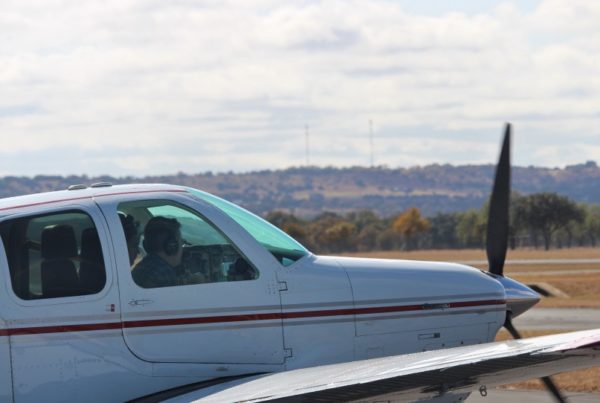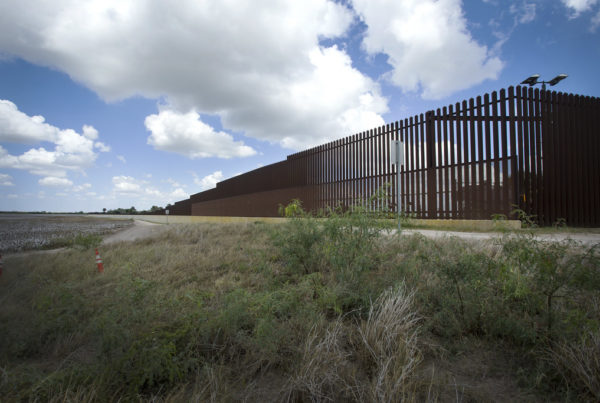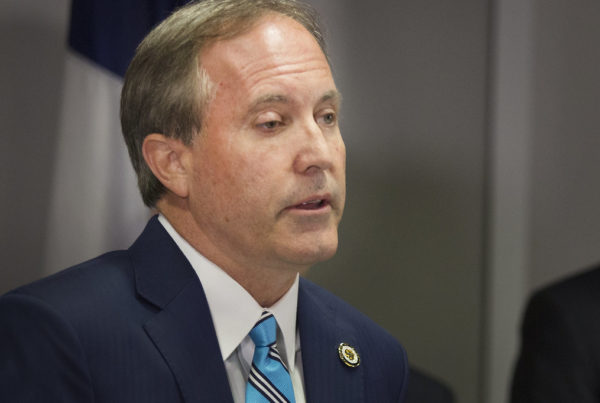From KERA:
For nearly eight months, performing arts groups have been figuring ways to transfer their live shows to your digital screens. KERA’s Jerome Weeks checks on what’s happening with audio plays, filmed performances and streaming stage shows.
The pandemic made live audiences vanish and ticket sales flat-line. One solution for many performing arts groups has been simple enough: Just put some cameras on stage and record their show for people to view at home. Consider WaterTower Theatre’s holiday show, “Ella’s Swinging Christmas: A Tribute to Ella Fitzgerald.” It’s even modeled on splashy, classic TV specials from the 1960s.
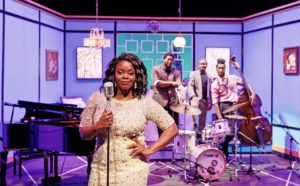
“Ella’s Swinging Christmas: A Tribute to Ella Fitzgerald,” presented by WaterTower Theatre. With Feleceia Wilson, Kwinton Gray, Jackie Whitmill and KJ Gray.
But Kevin Moriarty, artistic director of The Dallas Theater Center, argues an ordinary “filmed play” can be a daunting effort. Because the DTC’s new project is a virtual film production and not a ‘live’ play, the company is following the Screen Actors Guild’s COVID safety precautions. And under normal circumstances, those would require the company’s upcoming Christmas Carol to be an “anti-Christmas Carol” — because, Moriarty said, there’d have to be “no kids, no ghosts, no singing and dancing, no special effects, no kissing and no close-talking.”
Goodbye, holiday warmth and cheer.
“A Christmas Carol” is a popular tradition at the DTC — not to mention a significant revenue source — and Moriarty was committed to presenting it. So he drastically re-calibrated Charles Dickens’ ghost story for streaming.
Hello, high-tech haunting.
Moriarty has adapted the novel before — in a clattering, Industrial Revolution version the DTC has been presenting since 2013. But the new, more wired-up version begins with Scrooge gasping awake in a hospital bed; what follows are digital hallucinations and memories that prompt the old miser’s soul-searching. Called “In the Bleak Midwinter: A Christmas Carol for Our Time,” this will be a smaller, more intimate, more contemporary, more psychological story.
It’ll also be a “filmed play” like no other.
“We’ve built a set largely out of projection screens,” Moriarty said, “so that we can cover all the different time periods without moving around scenery. And then the [audience] floor, which normally would be at different levels, is all flat right now for the ease of all the cameras that’ll be shooting.”
So the Wyly Theater, where the filming’s being done, has become a hybrid: a stage venue, a movie studio and a computer graphics department.
Other area groups have gone digital — by taking their art outside. Along Riverfront Drive in Dallas’ Design District, six performers dance in broad daylight as traffic passes by. They’re in an empty, grassy lot with DigiBees, the video production crew, and are led by choreographer Jonathan Campbell. He’s originally from Dallas but has moved back — having co-founded, directed and then closed the Madboots Dance company in New York.
The music the performers are dancing to is “A Lover’s Concerto” – the old song by the Supremes, adapted from Bach’s Minuet in G Major. This dance piece won’t be live, it’ll be a videotaped and edited dance piece — like a music video. It’s part of the Bruce Wood Dance Company’s ambitious, virtual holiday show, called Hope: six streamed premieres, four of them shot outdoors, all of them done under COVID safety protocols.
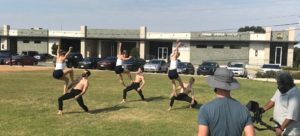
Bruce Wood Dance Company taping “A Lover’s Concerto” choreographed by Jonathan Campbell. Videocamera: Jirard of the DigiBees.
“It’s been extremely time-consuming,” said Gayle Halperin, Bruce Wood’s executive director. “And time-intensive to do all this.”
One solo piece by Fort Worth choreographer Adam McKinney is “Promise Me You’ll Sing My Song.” McKinney scouted locations around Mountain Creek Lake — in an area where a black man was lynched in 1874. He rehearsed and choreographed the dance via Zoom, and then the team took four days to tape the solo. It will stream online as six minutes of dance.
These are the traditional economics and logistics of TV productions and Hollywood movies. Which do not sound cost-effective for the non-profit arts world. But Halperin said, once you factor in renting Moody Performance Hall for a week for all the rehearsals and performances — as the Bruce Wood Dance Company does and many others do not — digital dance and live dance turn out to cost about the same.
The problem is not the costs, she admitted. It’s the income. Ticket sales for virtual shows still aren’t even close to what live performance sales once were.
One approach that might be cost-effective has been the use of Zoom conferencing. Zoom performances have absolutely flooded YouTube.
“We were grateful for Zoom’s technology for rehearsals,” said Anyika McMillan-Herod, executive director of Soul Rep Theatre. “But we did find there were limitations.”
Zoom is often static and isolating. This can be perfectly effective for staged readings, McMillan-Herod said. And for those dramas expressly designed with Zoom in mind [see Richard Nelson’s “Apple Family Plays” from New York’s Public Theater]. Otherwise, virtual conferencing keeps the performers in their own little, individual, onscreen windows — a TV replication of our COVID quarantine at home.
Besides, people have probably already spent their day in tiresome online business and classroom meetings. For entertainment, do they really want to watch somebody else’s virtual conference?
McMillan-Herod said COVID forced them to cancel the stage play, “My Red Hand, My Black Hand” by Dael Orlandersmith. It was to be the latest in the “Cafe/Negro Arts” series, a collaboration between Soul Rep and Cara Mia Theatre. But the cancellation gave them time to re-imagine it, not as a Zoom meeting, but as an audio play presented along with Weatherford College. It became a choral, musical work, composed by Frederick Sanders. Soul Rep is considering making several more audio plays — to turn them into a podcast series.
Now the company just finished McMillan-Herrod’s own play, “Do No Harm” — they filmed it in a former slave cabin in Dallas’ Heritage Village. It’s a co-production with SMU’s Perkins School of Theology and will premiere virtually in January.
They’re even working on a second film. It’s Soul Rep’s 25th season, McMillan-Herod explained. They wanted it to be a big deal.
“At the beginning of the pandemic, we were, like, we’re used to struggle,” McMillan-Herod said. “How can we just continue to work? But then [we thought], why not do an audio play every year? Or a film once year — you know, why not?“
The pandemic, for all its awful disruptions and costs, has made videos, films, podcasts and virtual performances into possible, available choices for arts groups — provided they can finesse the budget.
In the future, Gayle Halperin said, she sees Bruce Wood Dance even presenting both live and online dance shows in its seasons.
“There’s nothing better than going to a live, in-person concert,” she said. “But I also think it’s beautiful seeing dance outdoors.”
And when viewers are stuck at home — those dancers and actors performing onscreen, they can look like freedom.


